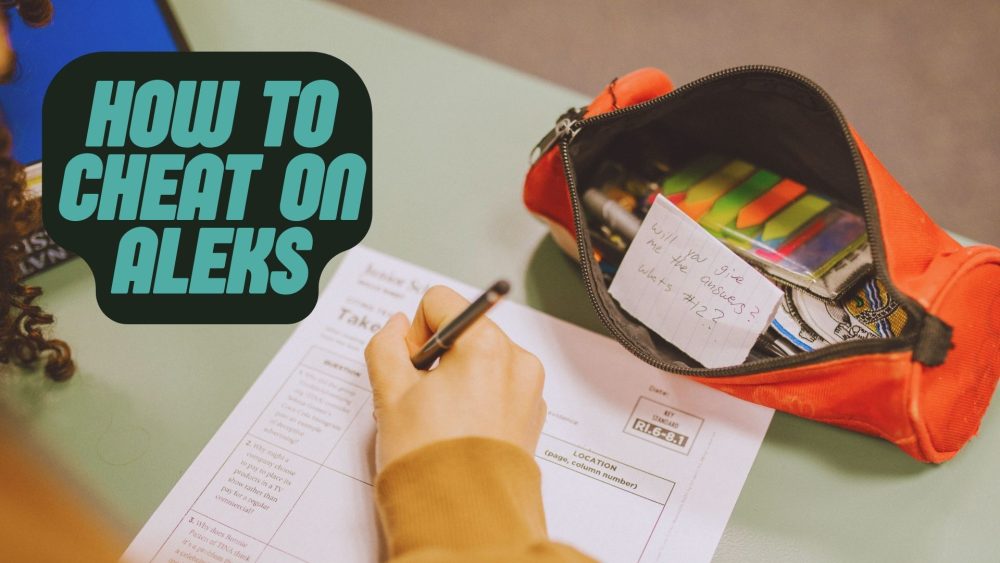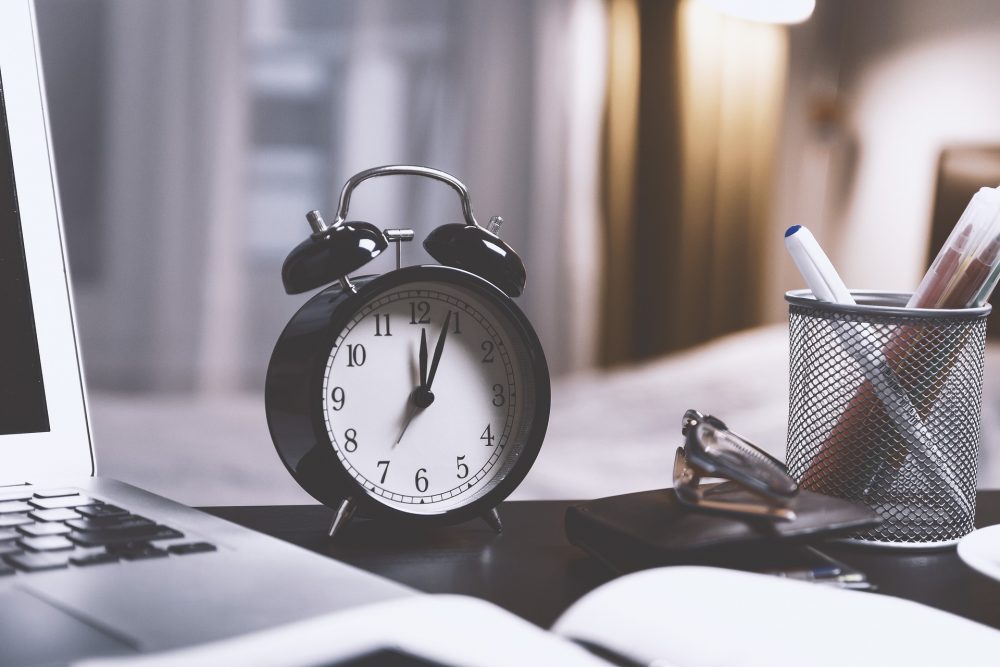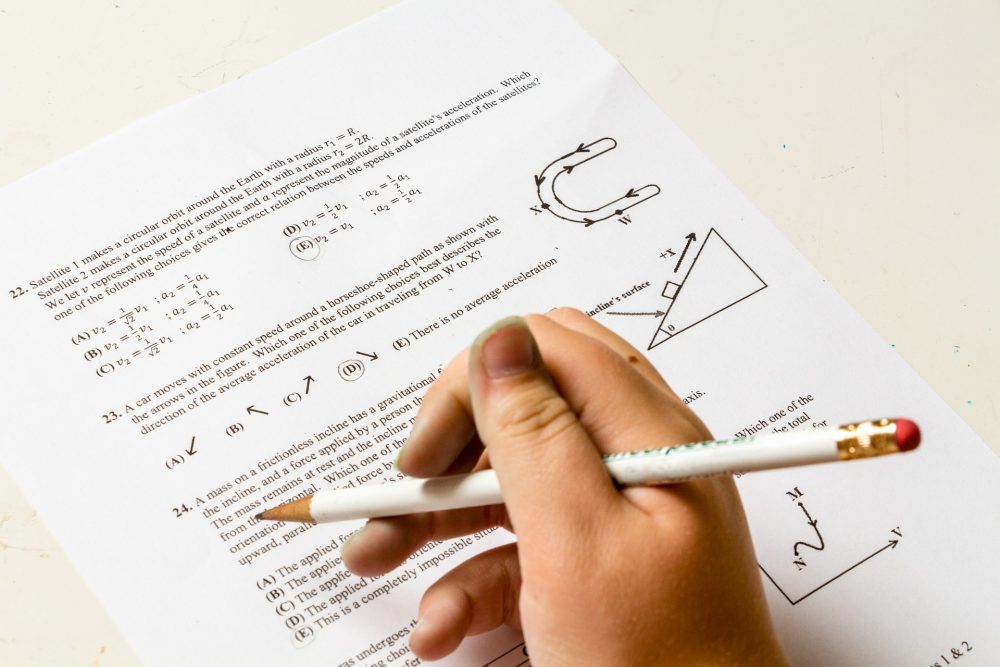The lab result conclusion is the final chapter in a lab report document. It is the summary of the studied objectives, validated hypothesis, an experiment undertaken, discussion, results, errors, uncertainties, and the outcomes.
How to Write a Lab Report Conclusion
Do you know how to write a professional conclusion for a lab report? A lab report describes a complete experiment from start to finish, hypothesis, procedures, results, and analyzed data. The report shows what has been learned and provides a great overview of the whole lab research.
The conclusion is an important part that summarizes the whole lab report. This gives the main findings, provides an overview of the lab research, and the achieved objectives. If the reader just reads the introduction and conclusion, they should be able to understand the whole lab experiment fully without reading the main lab report chapters.
It is important to know the lab report structure for better readability by the target readers. This is vital for Chemistry, Biology, and Physics basic lab reports.
How Long Should A Lab Report Conclusion Be?
It should be brief, as long it covers all that is in the main body of the lab experiment result. The length of the conclusion is predetermined by the length of the whole lab report. If you have a lot of information, the conclusion may end up being a bit longer than expected.
What is the difference between a conclusion and a discussion?
A conclusion is the summary of the general lab result while a discussion gives a broader overview of the lab result. In the discussion, you can provide all the raw data gotten if you experimented a couple of times. However, when it comes to writing the conclusion, you just need to write the exact values.
A lab result conclusion should:
- Answer the lab experiment questions – A lab result shows what was concluded after experimenting. At the start of the experiment, there were questions to be answered, hence the conclusion part provides the answers. This is especially vital for University students who are doing their assignments with deadlines.
- Summarize the lab experiment – This section is where you provide a summary of the whole lab experiment. This is by highlighting the major components, findings, errors, and uncertainties.
- Draw the main recommendations – This section should have the recommendations that need to be adhered to after the results are gotten. In addition, demonstrate the contribution you have made in terms of the impact the lab result will have.
Let’s say our topic was based on: Determination of the Level of nitrate content in food.
Step 1: Make a summary in your lab report conclusion
By the time you reach this section, you should have a proper understanding of the topic. You need to have already verified the topic objectives of the experiment and come to a genuine conclusion.
- Outline the conclusion
Go over your assignment fully, validate or refute your hypothesis, and verify that you have accomplished all the sections of the assignment.
On the side make a shortlist of all the findings in your experiment and plan how you are going to summarize them in your lab test conclusion.
For example, in the different types of food, what was the nitrate content? Is the nitrate composition in the food almost similar?
Your conclusion should be consistent with the rest of your lab report. Hence read your introduction to see what you were anticipating to get at the end of the experiment.
For example, in the introduction, you had stated the different food samples that you had and you wanted to get the composition of nitrate in all of them. Hence, in the conclusion, cover this and provide answers.
The conclusion should work as an answer to all the questions you had while writing the introduction.
- Use the Re-run method
The re-run method means to restate, explain, provide results, uncertainties, and new concepts. This is an easy structure that will help you review the experiment’s important elements.
In restating, you describe the lab experiment in depth. In explaining, show the vivid purposes of the lab experiment. Basically, what were you trying to find out? Provide the procedure that you followed to get the results of the lab experiment.
In the introduction, you mentioned some uncertainties that may be there. Hence, in the conclusion part, account for all the uncertainties and errors that were there.
These are the circumstances that were beyond your control when performing the lab experiment. Discuss the new questions or concepts that emerged in the experiment.
For example: While testing did you get the carbon composition in the food? What other element did you note? Do you think that how long the food had stayed had an impact on the outcome? These are some questions you can ask yourself based on your research topic.
- Plan other sections to add
While ending the conclusion, remember to add what you have learned in the lab experiment. In this way, you can relate the findings with your knowledge.
Step 2: Discuss the Experiment and hypothesis in the lab report conclusion
Introduce the experiment and hypothesis in your conclusion.
- Discuss the experiment
Provide a brief overview of the experiment you did in like 1-2 sentences. Remember to include the objective of the experiment. This is with the independent and dependent variables.
Give a short briefing of the process you went through in experimenting. This will help the reader visualize what you did.
In the case that you experimented more than once, explain the reasons why and the changes you noted in the different times.
For example, The experiment was done thrice to validate the results.
In few words, explain and summarize the results you came up with. Then give averages of the range of data that you got. This helps provide an overall picture to the reader.
For example, The overall results showed that 70% of food samples A, B, and C had nitrate composition. Sample A had 70%, B had 67% and C had 73%.
The discussion chapter should have all the raw data. Remember to show whether the statistical analysis was significant in any way.
- Discuss the hypothesis
While on it, describe whether the hypothesis is supported. The hypothesis is what drives the experiment to be done. Hence verify or refute the hypothesis for a clearer understanding. Say clearly whether the experiment supported the hypothesis.
It should be simple like; “the results supported the hypothesis that …” or the results didn’t support the hypothesis that….
Make sure to link your results to the hypothesis to bring a clearer picture. Then comment further to explain the hypothesis.
Step 3: Explain what you have learned in the lab experiment
After doing the lab experiment you must have learned something new. Hence, mention what you have learned after experimenting.
You can describe it like, During the lab experiment, I learned that…
The reader will be able to easily understand what you are bringing forward. Explain what you learned and how you learned it. This shows that even though you were to follow a certain pattern, you followed another one to back up the results. This will make the reader understand better. Explain how what you learned can be applied in future experiments.
Give specifics of what you learned. For example, A new concept learnt was that nitrate is present ….
Remember to answer the specific question that had been asked in the assignment. The major thing is finding an answer to the given question. If it was homework, write in italics the question, then in regular text your answer
For example: Is there any nitrate content in food.
Answer: The nitrate content in food is ….
Step 4: End the lab report conclusion
Describe any possible errors you may have encountered that may have hindered accurate results. This will help provide more transparency in your lab result.
In addition, talk about the uncertainties and the overall impact of the experiment. Remember to propose future experiments that can be done. This is like recommendations to get a deeper understating of the specific subject. You can provide other questions that can be used for further experiments.
If possible, try and relate your research to other previously done research. This is mostly for more advanced lab results. Try and describe what is unique about your research. Use one final statement to finalize your basic lab report conclusion. One that can describe the whole process.
Find It Difficult To Write Lab Report Conclusion?
Remember when writing your lab report conclusion to write in the third person. Read through the whole basic lab report to validate your findings and the facts that you have ascertained.
Try to correct contradicting parts and ensure there is a smooth flow of ideas. Proofread your lab report fully to ensure there is no gap or hanging point.
Make it the best of all while using the best grammar. Try to show the significance of your lab report to the world. That’s vital for a science experiment report.














